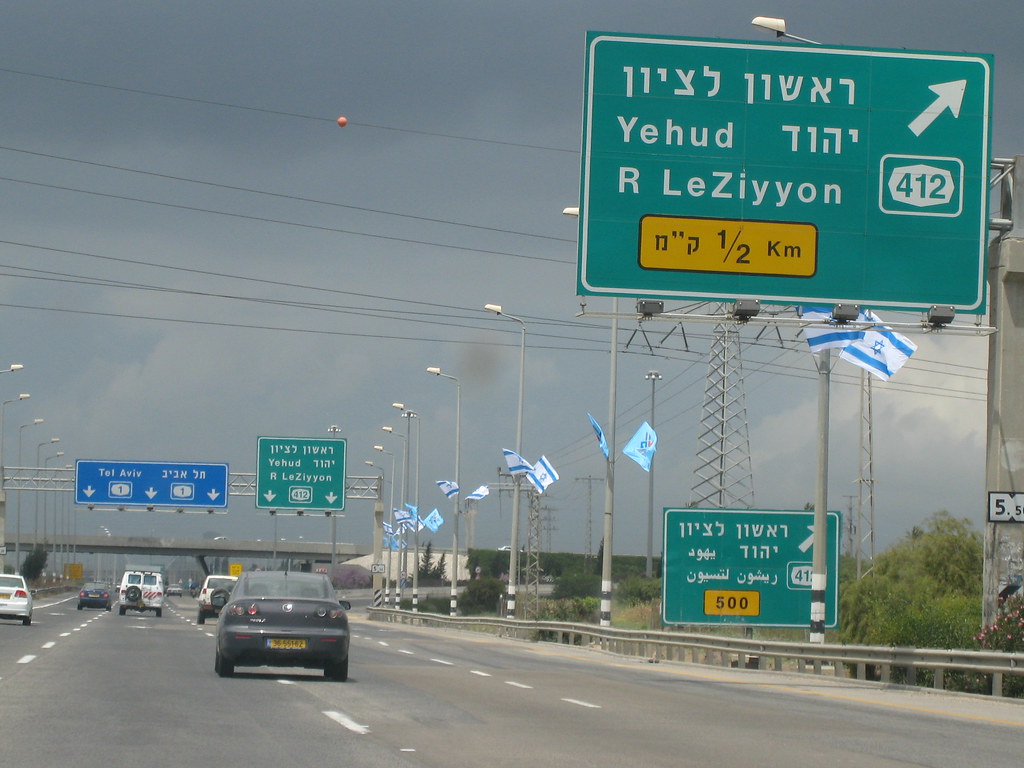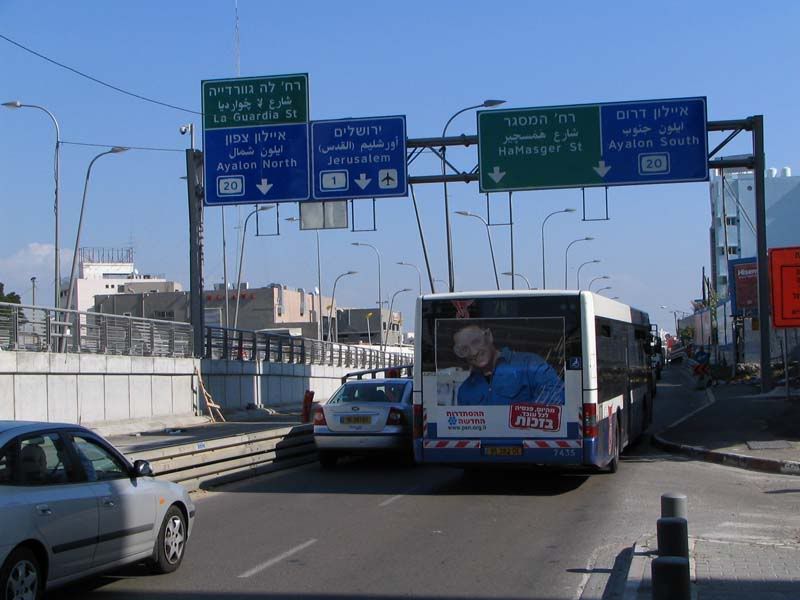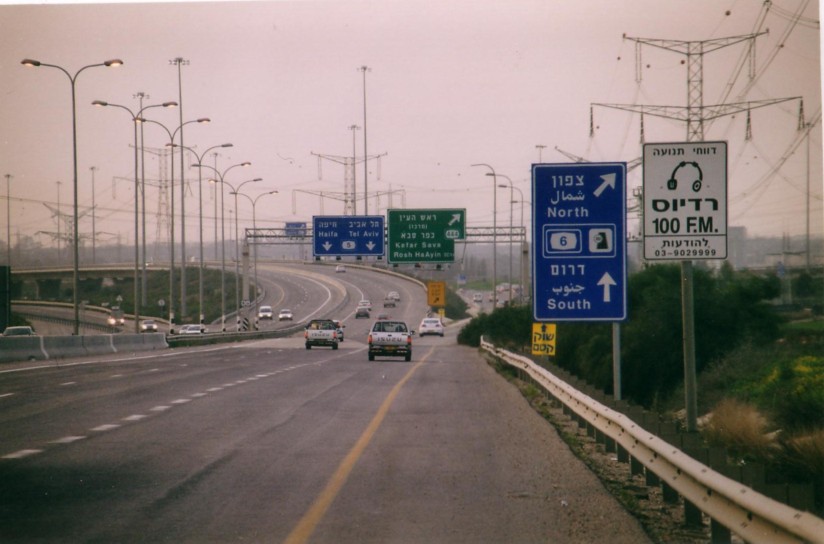There has recently been a kind of “edit war” between users Wikipod and Eliyak, though they might not be aware of it, with regard to the classification of highways in Jerusalem. I think we should come to a consensus here, rather than having individuals change things back and forth indefinitely according to their personal vision.
Eliyak seems to be following the official classification guidelines pretty closely:
http://wiki.openstreetmap.org/wiki/Highway_tag_usage
Meanwhile, Wikipod is classifying all urban roads as “tertiary” (yellow), except for continuations of officially numbered intercity roads, which are classified as secondary or primary.
Problems with Eliyak’s approach: The map becomes cluttered with major roads (which obscure other map features); urban roads are much more prominent than intercity ones (despite not being more subjectively important to map users); the frequent road type changes confuse drivers who would like to follow a single route; it seems to disagree with the general practice of OSM mappers around the world.
Problems with Wikipod’s approach: There is little differentiation between any urban roads of differing importance; it disagrees with the OSM official standard.
My personal preference is for something in the middle, where a few major roads in each city are labeled primary or secondary, and the rest tertiary. I think there should be an emphasis on keeping through-routes a single color for their whole length.
What do other people think?





.jpg)





 => MOTORWAY
=> MOTORWAY
 => TRUNK
=> TRUNK
 => PRIMARY
=> PRIMARY
 => SECONDARY
=> SECONDARY